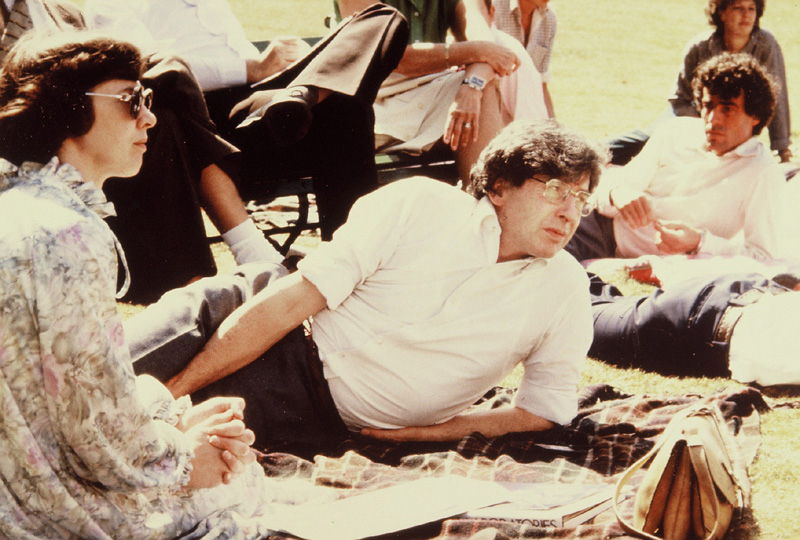When Bob Edwards was awarded the 2010 Nobel prize for Physiology or Medicine, few realised what a remarkable achievement this was. If one compares this ultimate accolade with the early hostility, both professional and social, experienced by Bob, the turnaround is striking. How and why was this medical advance so stigmatized? Here I give you some examples in an attempt to answer these questions.
It was in 1965-66, when I was in my third undergraduate year at Cambridge that I first encountered Bob Edwards. I was so inspired by his lectures that I decided to postpone my intended clinical course and commenced a PhD with him the following autumn.

However, when it became known around the department that a student who had got a first class degree had decided to do a PhD with Bob, the other staff members took me to one side and asked why was I going to waste my time on research with that charlatan, who worked on stuff ‘down there’ and spoke to the press.
This reaction provided me with some of the arguments used to attack Bob, namely that he worked on eggs and spermatozoa, and that he was prepared to talk about his work to the media. The last criticism was commonly made at that time: Bob was also a pioneer in communicating with the public about science.
Infertility was also seen to be unimportant and this attitude was echoed by funders. When Edwards and Steptoe applied unsuccessfully in 1971 for a grant from the MRC they were asked why this area should be a priority when it didn’t help with population control, an argument still used spuriously today by some critics. Bob argued strongly that the infertile should not be penalized for the profligacy of the fertile. Indeed, he was motivated by the heart-rending letters he received from couples, who felt ‘abandoned by the medical profession to their infertility’.
It was not just British medico-scientists that criticized Bob and his work, but Americans too. Notably, James Watson and others attacked Edwards saying that monsters would be born. Similarly, a prominent, but unidentified, American mammalian developmental biologist is reported to have said that in her opinion the blastocysts grown in vitro were definitely abnormal and if implanted into a human uterus would almost certainly develop into monsters.

This hostile attitude towards IVF persisted until Louise Brown was born in 1978. However the battle wasn’t over. Edwards, Steptoe and Purdy were refused funding by the MRC again in 1981 and the matter moved to parliament in the 1980s when the moral status of the embryo would become the focus.
The overwhelming professional opposition to the work of Edwards and his colleagues in these early days was deeply isolating and depressing. Bob was largely sustained by the many letters of support that he received from couples who themselves ironically had also experienced the isolation and misery to which their untreated infertility had for so long exposed them.
IVF: 6 Million Babies Later opens on 5 July to mark the 40th birthday of in vitro fertilisation. Celebrate at a special Lates event in conversation with Louise Brown and Roger Gosden. Book your free ticket here
